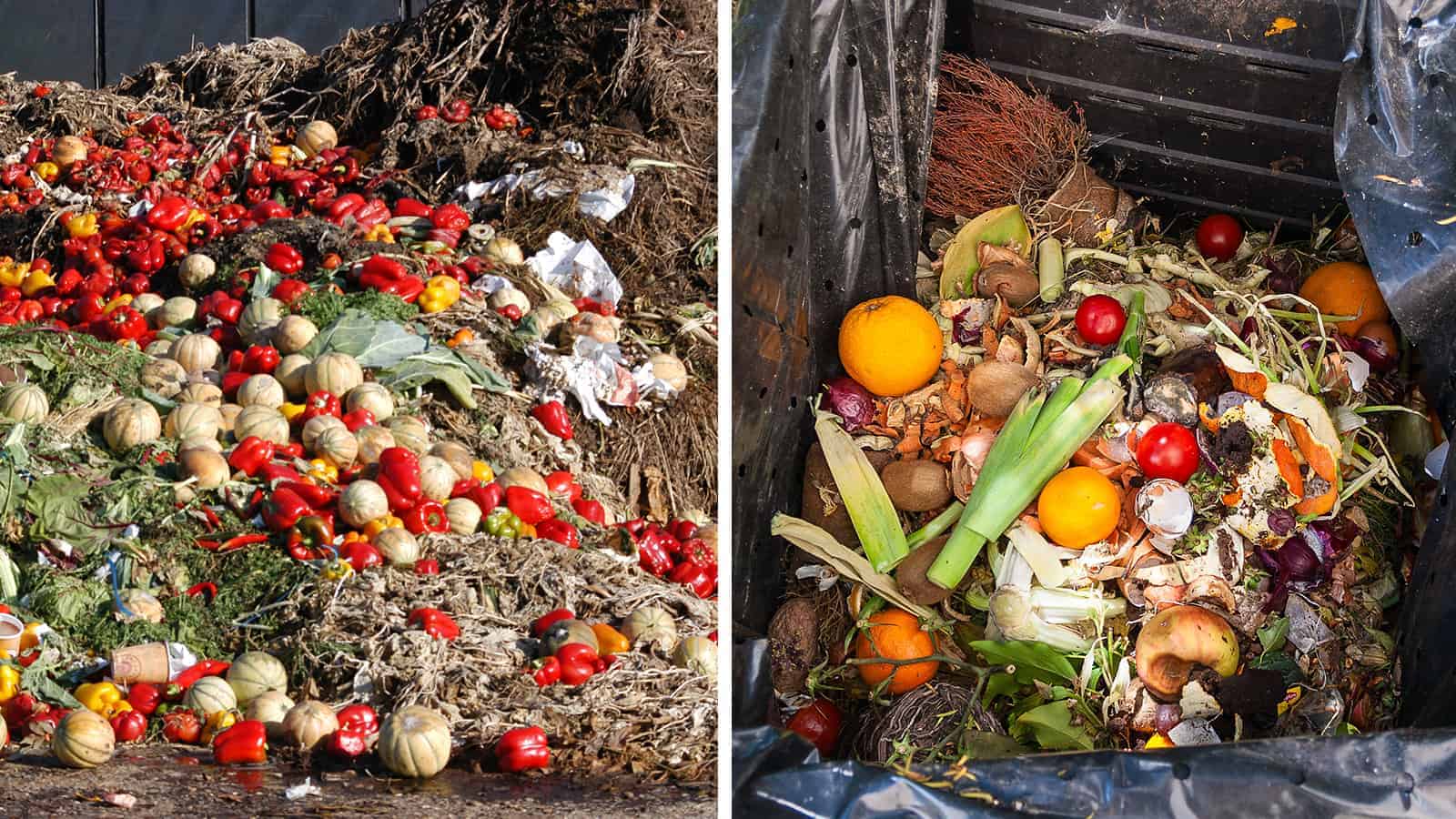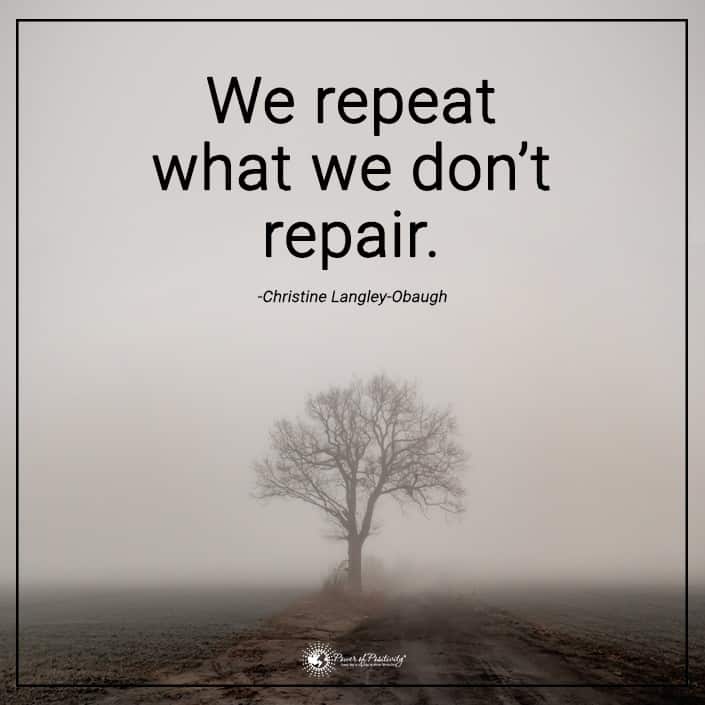A Google subsidiary called X, or The Moonshot Factory, aims to end food waste around the world with AI. The offshoot created two programs to help food producers, suppliers, and commercial kitchens direct extra food to food banks. Having excess food may seem like a good thing, but it doesn’t usually go to people who need it most. Because of the massive food distribution problem plaguing the globe, Google wanted to find viable solutions.
So, they created Project Delta, a machine learning program that uses vast data and algorithms to detect wasted food. The calculations guarantee that the extra food will go to those who really need it in an efficient manner. The AI accomplishes a seemingly impossible task, eliminating the need for manpower in the process.
A report by the Food and Agricultural Organization of the UN found that food waste totals 1.3 billion tonnes globally each year. That equates to around one-third of the global food supply spoiling or getting thrown out. At the same time, almost 1 billion people around the globe suffer from malnourishment and food insecurity. In the U.S. alone, 30 to 40 percent of food produced gets wasted, which costs retailers a whopping $57 billion annually. Meanwhile, around 1 in 8 people in America suffer from undernourishment.
The food waste problem doesn’t just affect consumers and businesses, either. The environment takes a huge blow as well due to wasted resources like water, fuel, electricity, and fertilizer. Plus, many hours of human labor go into the production and processing of food, only for much of it to spoil. Furthermore, the methane produced from rotting food in landfills contributes greatly to greenhouse gas emissions.
Clearly, we have more than enough food to go around, but it doesn’t get distributed properly.
Why food waste happens, and how Google is tackling it
The problems mostly occur somewhere in the supply chain. Buyers estimate how much food they will need, and the suppliers attempt to sell as much as possible. The food producers grow or manufacture as much food as they can to make a profit. The buyers, usually supermarkets and restaurants, then purchase a certain amount according to their inventory.Inevitably, disparities occur between the demand and supply of a product. When it comes to food, markets, and the final consumer may overestimate how much they really need. However, owners of busy restaurants and markets don’t usually have the time or resources to allocate to managing food waste. This is where Google’s AI comes in to solve the food distribution crisis affecting millions.
Google’s offshoot called X aims to provide innovative solutions to complex problems the planet faces. They want to make the world a better place for everyone, tackling problems from food waste to protecting the oceans.
Emily Ma, who writes for X’s blog about the progress of Project Delta, says the team now has a prototype ready. The team’s mission from the start involved creating a more efficient food system to allocate resources correctly. In order to do that, they had to know the location and condition of the foods, and where to route it to. After two and a half years of testing different technologies, they’ve built an intelligent food distribution system.
How they started the program
The process of creating the prototype began with talking to people in the supply chain – grocers, fishermen, farmers, and food banks. To solve the problems, they had to find out firsthand where the hangups in the system occurred. They found out that a lack of communication created much of the food waste problem. For example, no industry standard existed for food suppliers to share their inventory, or for food banks to register their needs.
In the blog, Emily wrote that “this means that a food bank in Texas might work with a grower in Florida for oranges when a grocery store 20 miles away could have donated exactly what they need.”
The team also found out that no industry standard existed to communicate about food locations, quantities, and items. For example, in the data sets they looked at, they found 27 different ways to refer to Texas e.g. TX, Texas. Tx., NX, TXTX, etc. You can see how this would cause confusion and miscommunication, leading to possible food waste issues.
Dana-bot is born, Google’s AI prototype for an intelligent food distribution system
Working with Kroger, Feeding America, and the Southwest Produce Cooperative, the team successfully created a prototype called Dana-bot. They named it after their friend Dana, the COO of the Community Food Bank of Southern Arizona. The prototype uploaded data about donated food from the food banks’ data set and categorized each entry. Then, it matched the food with the real-time needs of nearby food banks in the Feeding America network.
The team then started working with Kroger on ways to alleviate its food waste problem. Their prototype gave Kroger more insight into foods being recycled and how they can manage surplus items. For example, Kroger used to recycle excess deli products because of health concerns. However, with X’s program, they can now safely donate these foods to food banks that need them.
Finally, the team spent time in a Google commercial kitchen to gain insight on food waste there. After interviewing chefs, they realized it takes 30-60 minutes per shift for staff to track food waste by hand. They then saw an opportunity to use technology to make this system more efficient. The team installed cameras next to garbage cans to record data about foods being thrown out. After running a trial with 20 units for six months, the machines collected double the information that the manual system had.
In the future, the team sees potential for the AI to suggest efficient, safe ways to reuse or recycle foods. For example, it could track trends on certain foods and suggest dishes to use them in based on other ingredients available.
Final thoughts: Google develops AI to help tackle the growing food waste problem
Technology is the way of the future, and this isn’t necessarily a bad thing. The right use of technology can change the world for the better, as Google proved with their prototype. Machine learning has already helped grocery stores, food banks, and commercial kitchens cut down on food waste. The Moonshot team is excited to see how AI will solve one of the world’s toughest problems in the coming years.
















 Community
Community

